A team of four trainees was up for the challenge. On a cloudy morning, four space explorers traversed the surroundings of the European Astronaut Centre and the German Aerospace Center (DLR) campus in Cologne, Germany.
Astronauts- and scientists-for-a-day were Pangaea interns Ángel Domínguez Sánchez, Lewis Lowell, Isabella Claire Adriani and Verena Sokoll. Familiar with Pangaea requirements for tools, they volunteered to take their tasks one step further and test the tools themselves.
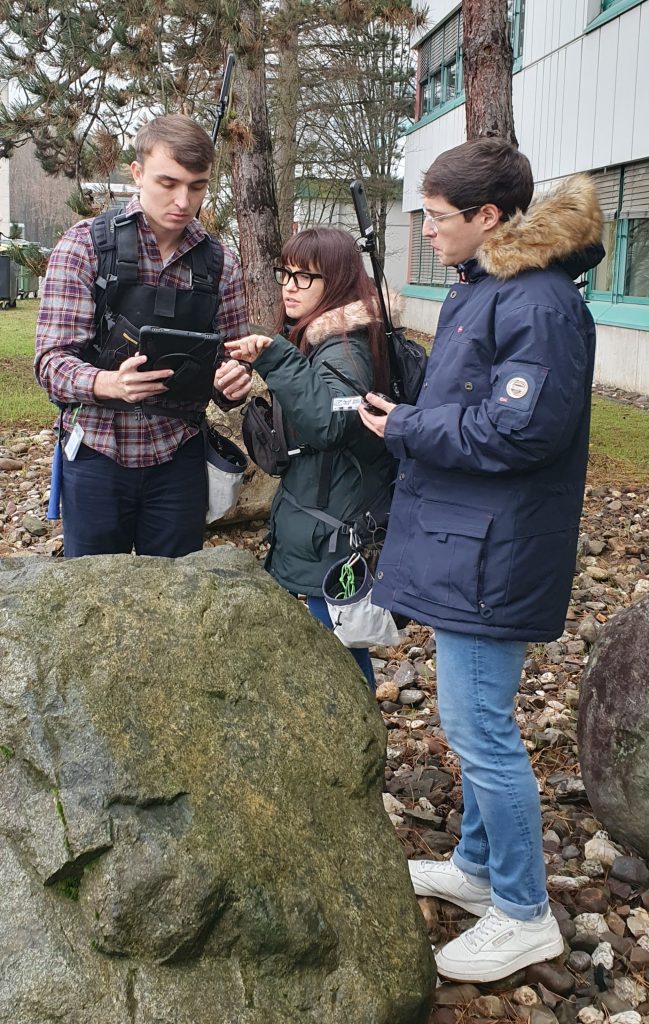
Besides equipping astronauts with geological knowledge, Pangaea provides them with a kit of tools to scout new worlds. From traditional rock hammers to microscopes and spectrometers connected to a space tablet and mineral databases, the gear for each expedition gets better all the time.
Backpacks and tools on, the interns scouted the area and followed the instructions popping up on the tablet to find and document the samples.
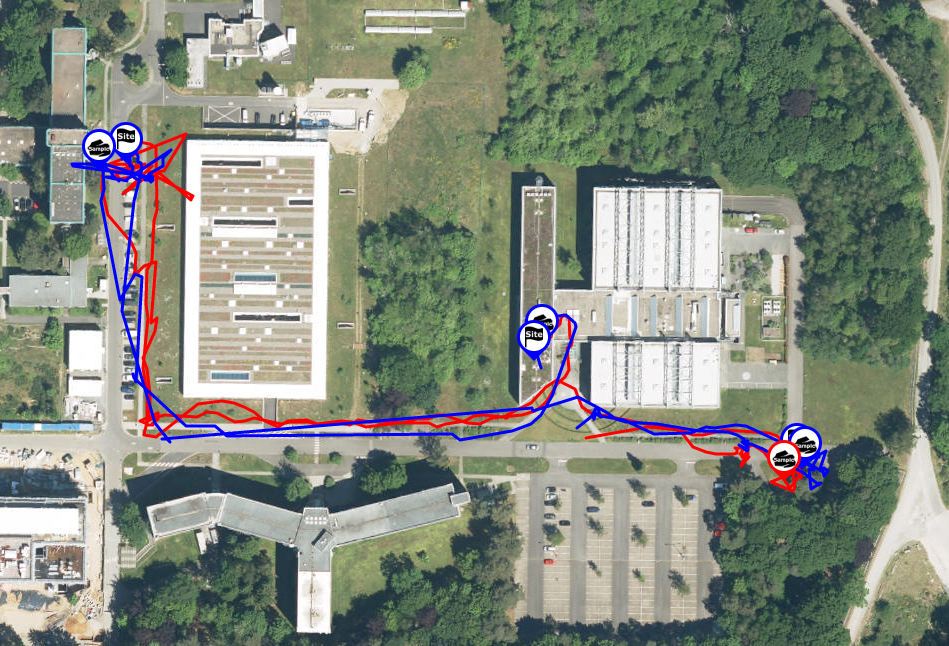
“This is the best way for our interns to familiarise with how our tools are used, better understand user requirements and become more conscious contributors to their further development,” says Leonardo Turchi, computer engineer and ‘father’ of the Electronic Field Book (EFB).
Pangaea challenge
Verena Sokoll has learned that astronauts should not waste time reaching for their equipment. She helps improve the backpack’s configuration based on requirements from the Pangaea team and feedback from the use of tools during field expeditions.
She is an engineer specialised in ergonomics and started looking at the Pangaea field equipment when she joined the team last October. She spent time researching multiple backpacks with different pocket sizes and pouches. It was paramount to keep in mind that the most frequently used tools should be easily reachable. The efficiency of the training depends on it.
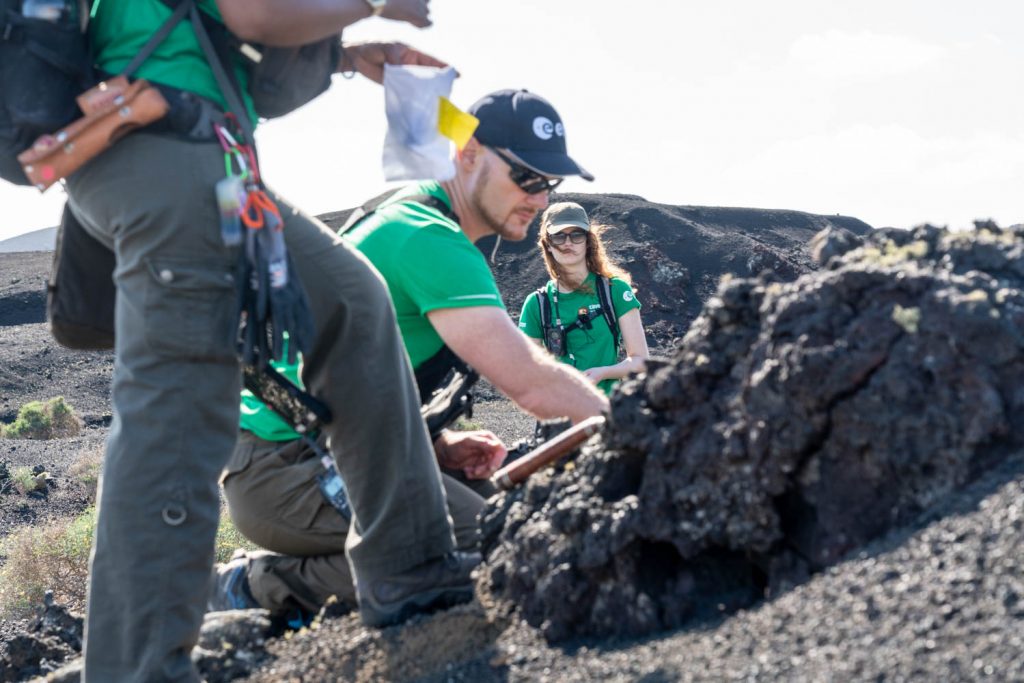
There is a particular tool heavily used by the astronauts during Pangaea expeditions – the Electronic Field Book. This tool suite consists of a tablet with an app that has a mineralogical database, map tracking and tools to collect information. A microscope and a spectrometer are part of it, as well as routers that ensure connectivity, and equipment to sample rocks.
“To see the equipment and the configuration used in action, and to follow astronauts in Lanzarote, Spain, and interns during mock-up simulations in Germany helped me understand how important the setup is and how much impact even small changes can have on the overall experience of a traverse,” said Verena.
Pockets need to be the right size and in the right places. “Another important thing is the attachment. Tools should not hang freely, and everything must be secured in a way that it is safe, but not restricting,” she notes.

Even the colour of a pouch can cause trouble. During the traverses in Lanzarote, sunshine heated up a black pouch. To prevent the spectrometer inside from overheating, Verena added a layer of fabric to quickly change the colour to white.
This ESA Young Graduate Trainee joins fresh from completing a master’s in ergonomics and design techniques. Her passion for the stars has been growing since she was 16 years old, and when the opportunity to contribute to space exploration arose, Venera was ready to jump right into it.
Let’s hear from her on how she ended up working for space projects.
Verena’s space trip
“I am a mechanical engineer with a specialisation in product development and design. Now you might think, why is she in a training course programme for geology and astrobiology for astronauts?
Let me go back to the time when I applied. I have just finished the third semester of my master’s degree. During the last two semesters I learned a lot about ergonomics and technical design of products in their development phase.
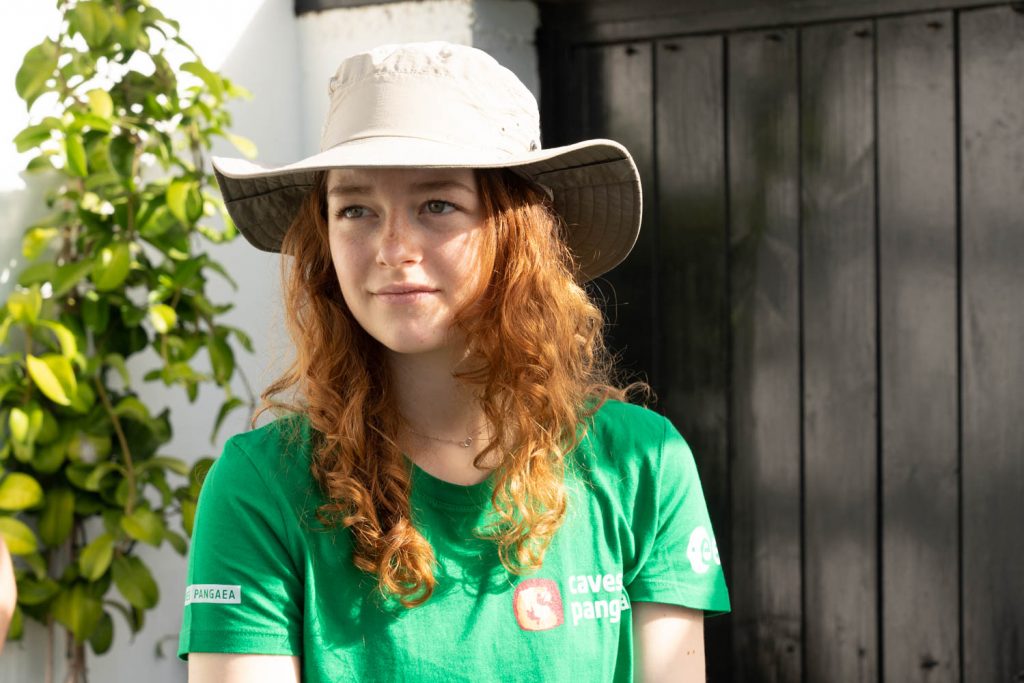
I was starting my master thesis about the improvement of a handgrip for a video-endoscope for a big med-tech company. I know, there is still no explanation for a space-related geology training course. But since I was about 16 years old, I have been curious about space. I love the dimension of space and the sheer unlimited number of things to know about stars, planets and everything in between.
Shortly before and during my master’s my interest grew, and I read a lot about space exploration. I knew ESA was the best place to start a career in space exploration and I looked up opportunities to join.
When I looked at the Young Graduate Trainee openings, I found the CAVES and Pangaea position pretty fast. I read the requirements and I was like: “Wow, they need an engineer with experience in ergonomics and a passion for space – that’s me!”
So here I am after a six-month selection process and a move to Cologne, finally working with ESA at the European Astronaut Centre and I am happy to make my passion about space my everyday reality, to meet astronauts and to learn more about the geology and astrobiology of the Moon and Mars.
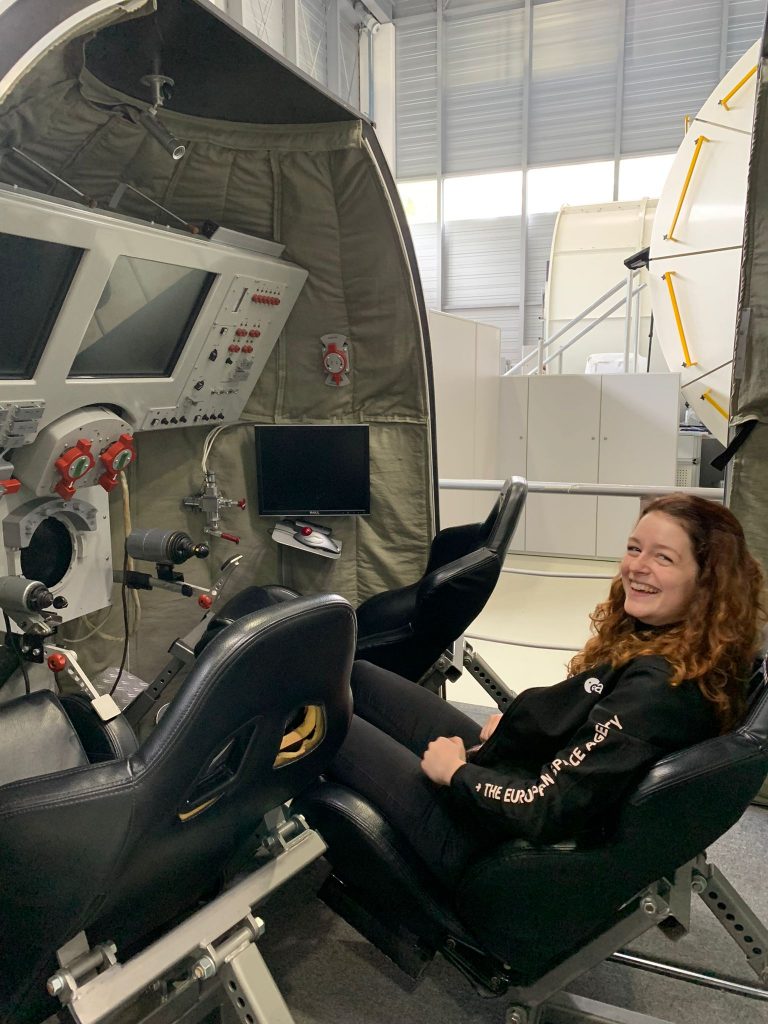
While my research on the optimal tool configuration continues, I am also looking into the design of tools adapted for the Moon and Mars. The physiological, psychological, and environmental changes in lower gravity and after spaceflight play an important role in the design of tools and equipment for the astronauts.
I want to improve the tools for other planets – this is another challenge that I want to conquer in the coming months.”
Venera Sokoll, ESA’s Young Graduate Trainee for Astronaut Training in Planetary Surface Exploration within the CAVES and Pangaea team.

Discussion: no comments